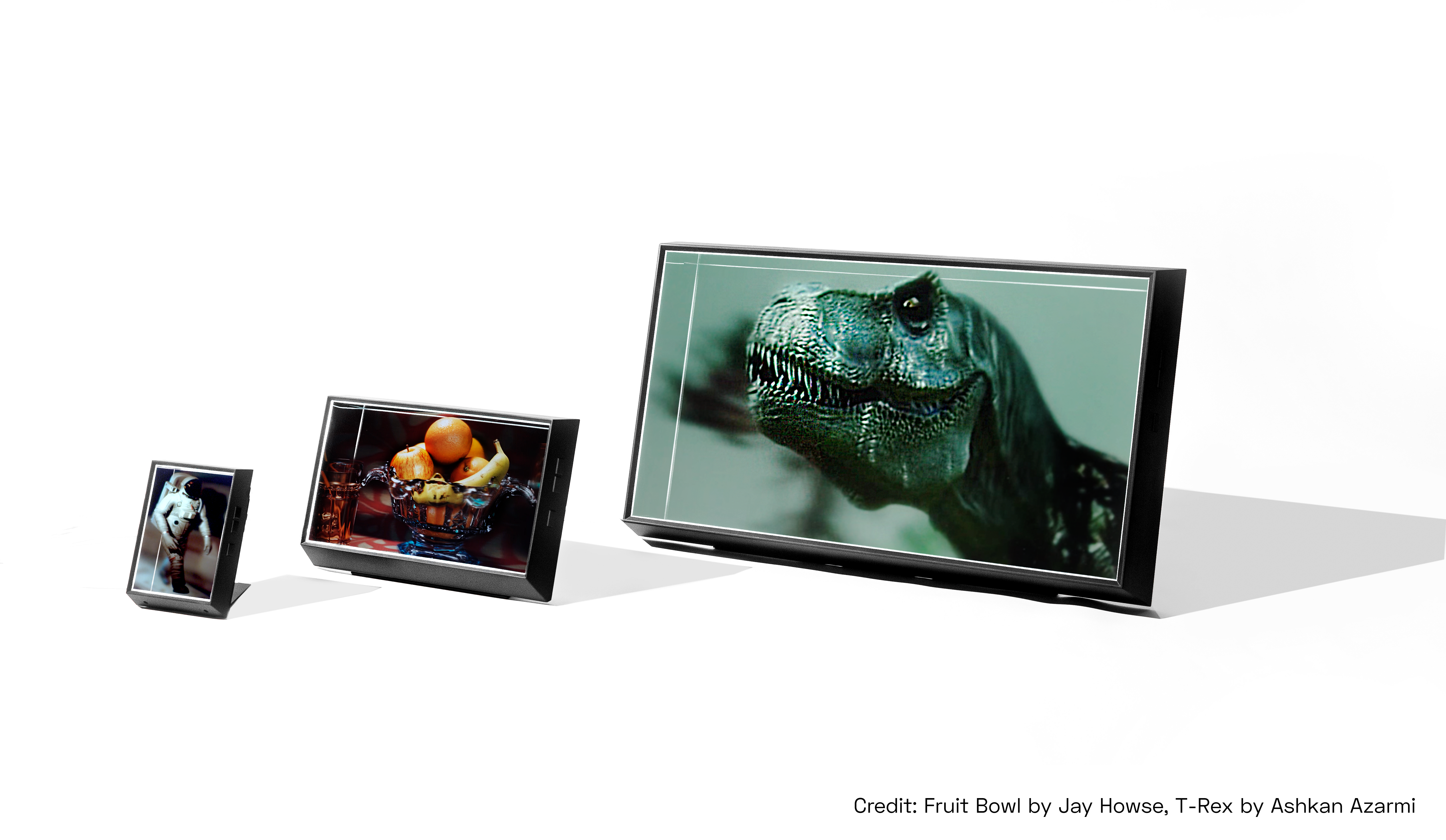Brooklyn-based Looking glass today announced the release of a pair of second-gen holographic displays. Following up on late-last year’s release of the entry-level Portrait, the startup is offering new versions of the Looking Glass 4K and 8K systems, which sport 15.6- and 32-inch displays, respectively.
In addition to sizes, there’s a pretty massive gulf in pricing here. Joining the $299 Portrait is the $3,000 4K and $17,500 8K. The pricing difference is all the more pronounced given that the tech essentially offers the same underlying technologies for producing and consuming 3D content.
Image Credits: Looking Glass
“Volume is a part of it,” CEO Shawn Frayne tells ProWellTech. “There are actually very few 8K displays out in the world at this size that folks are driving. While we expect the sale of that to be quite profound over the next few years, in the early phases we’re just not making the same scale as the Portrait.”
The company considers the Portrait a kind of ambassador for its technology — especially over the past year, when getting the systems in front of potential buyers was next to impossible. Having seen a number of Looking Glass’ older systems in person, I can attest to the fact that the effect really isn’t the same over Zoom. Looking Glass says it has sold 11,000 units and is shipping “thousands” a month as it works to fulfil demand and navigate global supply chain issues.
Image Credits: Looking Glass
“I think of it as their first opportunity to get their own holographic display without needing their boss’s approval,” said Frayne. “Someone is curious about it and they get it, and it lives up to or exceeds expectation and they go from there. The quality level is very high for the Portrait, and the bigger units are a bigger format version of that quality.”

Image Credits: Looking Glass
The new models will be replacing their predecessors, which were effectively developer units, rather than mainstream consumer products (though the company will continue to offer support). In addition to lower cost, the second-gen units are lighter and offer improved visual fidelity over their processors — particularly around the edges, where holographic displays can encounter issues.
